According to a McKinsey survey, a fundamental obstacle to innovation is a lack of competence and the ability to implement ideas. Crowdsourcing allows you to tap into a crowd’s collective wisdom to improve performance or discover new ideas (Crowdsourcing solutions to Europe’s growth gap, n.d. 2016). The technique of generating ideas or content by asking for contributions from a large number of individuals is known as crowdsourcing. The term “crowdsourcing” is a combination of the words “crowd” and “outsourcing.” Online communities are developed by firms and community members (crowd) contribute to the ideation process (Howe, 2006; Estellés-Arolas & González-Ladrón-de-Guevara, 2012). For instance, mystarbucksidea.com is a microsite developed by Starbucks to extract collective wisdom in the form of new product ideas (Lee & Suh, 2016). Ensuring the success of the ideation process is contingent upon the firm’s intervention in the form of appreciating the crowd, owing to their contribution (Vincenzo et al., 2020).
Apple has enlisted the help of a large number of consumers and developers all around the world to help it expand by developing apps and podcasts that complement its products. In a similar vein, University of Washington biologists utilized crowdsourcing to map the anatomy of an AIDS-related virus that had baffled academics and industry specialists for more than 15 years. Despite an increasing list of success stories, only a few organizations effectively—or at all—use crowds (Boudreau & Lakhani, 2013).
Crowdsourcing can take numerous aspects in today’s digital age, depending on a company’s goals (Ruiz et al., 2020). However, in order to successfully crowdsource a project, a firm must first divide it into micro-tasks. The participants are then brought together in one area via a crowdsourcing platform or an online “task market” (Ahler et al., 2021). Workers on these consumer-facing platforms offer their time, effort, and experience to solve a problem or develop something altogether new, similar to how bees in an active hive perform their allocated jobs to reach a common objective (Afuah & Tucci, 2012).
There’s a reason why big businesses use crowdsourcing. For one thing, crowds aren’t afraid to give criticism because they are usually the ones who benefit from the product or service in question. As a result, firms anticipate helpful comments that will actually assist in the improvement of the brand. Firms expect significantly more creative range from “the crowd” than you would from a hand-picked consultant when they offer suggestions. In a nutshell, crowdsourcing is a fantastic creativity driver.
As every coin has two faces; the buzzword crowdsourcing is no exception. Crowdsourcing feedback, new product ideas and innovation in online communities have some pitfalls too. First, there isn’t much place for confidentiality in crowdsourcing. Crowdsourcing tasks, like almost everything else on the internet, are available to almost everyone. Companies with very sensitive information tied to the problem they’re seeking to solve should be concerned about this (Dubey et al., 2017). Second, ideation crowdsourcing involves plagiarism of others’ content by crowd-workers. For example, if a company is looking for help designing a new logo, a challenge participant may suggest a logo that already belongs to another company without realizing it (Dixon & George, 2021). Third, if not properly managed, the disadvantage of intellectual property rights has the potential to be disastrous. Intellectual property rights usually belong to the person who came up with the idea. That implies businesses must ensure that the winning idea’s intellectual property rights are transferred to them after the challenge is completed (de Beer et al., 2017). Lastly, the probability of failure of crowdsourcing projects is the biggest concern in the organization because it involves a lot of time, effort, and financial resources for the organization (Khanfor et al., 2017).
References
- Afuah, A., & Tucci, C. L. (2012). Crowdsourcing as a solution to distant search. Academy of Management Review, 37(3), 355–375. https://doi.org/10.5465/amr.2010.0146
- Ahler, D. J., Roush, C. E., & Sood, G. (2021). The micro-task market for lemons: data quality on Amazon’s Mechanical Turk. Political Science Research and Methods, 1–20. https://doi.org/10.1017/psrm.2021.57
- Boudreau, K. J., & Lakhani, K. R. (2013). Using the crowd as an innovation partner. Harvard Business Review, 91(4), 60–69, 140. https://hbr.org/2013/04/using-the-crowd-as-an-innovation-partner
- Crowdsourcing solutions to Europe’s growth gap. (n.d.). Mckinsey.Com. Retrieved April 5, 2022, from https://www.mckinsey.com/about-us/new-at-mckinsey-blog/crowdsourcing-solutions-to-europes-growth-gap
- de Beer, J., McCarthy, I. P., Soliman, A., & Treen, E. (2017). Click here to agree: Managing intellectual property when crowdsourcing solutions. SSRN Electronic Journal. https://doi.org/10.2139/ssrn.2947096
- Dixon, Z., & George, K. (2021). Monitoring uncharted communities of crowdsourced plagiarism. Journal of Academic Ethics, 19(2), 291–301. https://doi.org/10.1007/s10805-020-09381-2
- Dubey, A., Abhinav, K., & Virdi, G. (2017). A framework to preserve confidentiality in crowdsourced software development. 2017 IEEE/ACM 39th International Conference on Software Engineering Companion (ICSE-C).
- Estellés-Arolas, E., & González-Ladrón-de-Guevara, F. (2012). Towards an integrated crowdsourcing definition. Journal of Information Science, 38(2), 189–200. https://doi.org/10.1177/0165551512437638
- Khanfor, A., Yang, Y., Vesonder, G., Ruhe, G., & Messinger, D. (2017). Failure prediction in crowdsourced software development. 2017 24th Asia-Pacific Software Engineering Conference (APSEC).
- Lee, H., & Suh, Y. (2016). Who creates value in a user innovation community? A case study of MyStarbucksIdea.com. Online Information Review, 40(2), 170–186. https://doi.org/10.1108/oir-04-2015-0132
- Ruiz, É., Brion, S., & Parmentier, G. (2020). Absorbing knowledge in the digital age: the key role of integration mechanisms in the context of crowdsourcing for innovation. R and D Management, 50(1), 63–74. https://doi.org/10.1111/radm.12349
Vincenzo, D., Mascia, F., Björk, D., & Magnusson, J. (2020). Attention to ideas! Exploring idea survival in internal crowdsourcing. European Journal of Innovation Management.




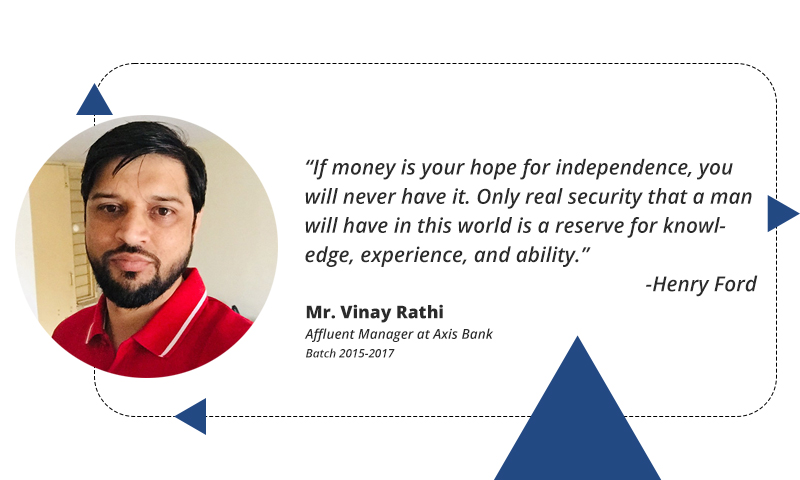
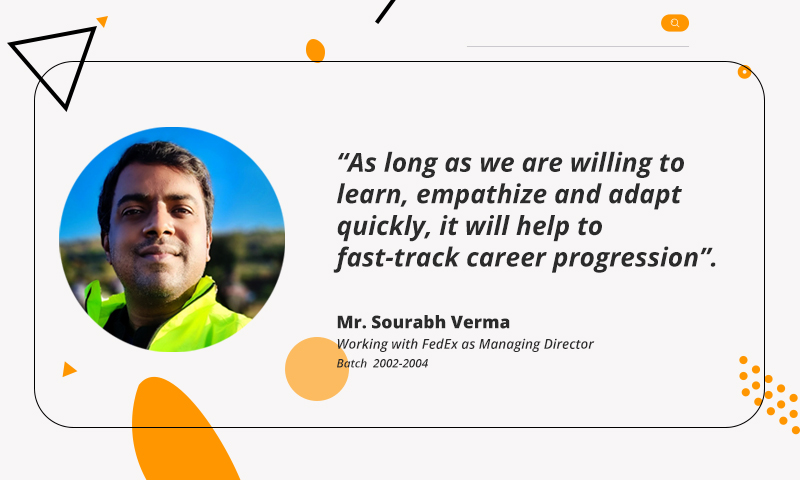





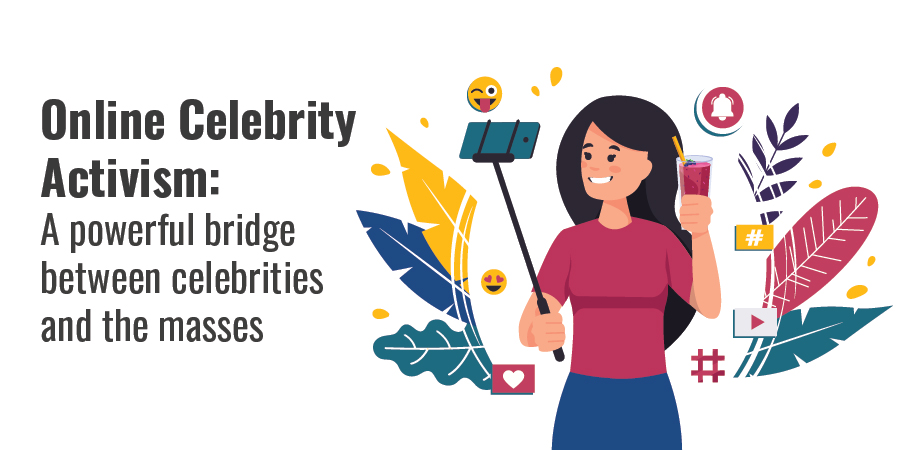


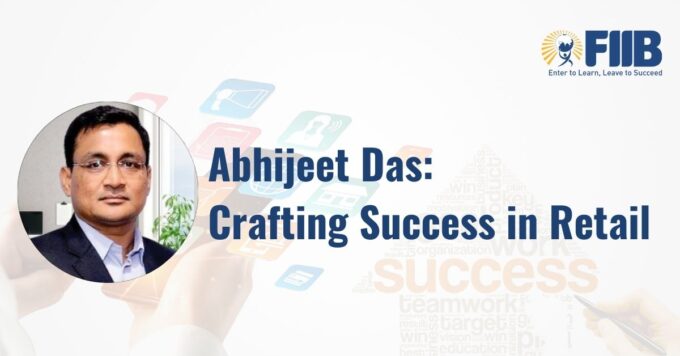
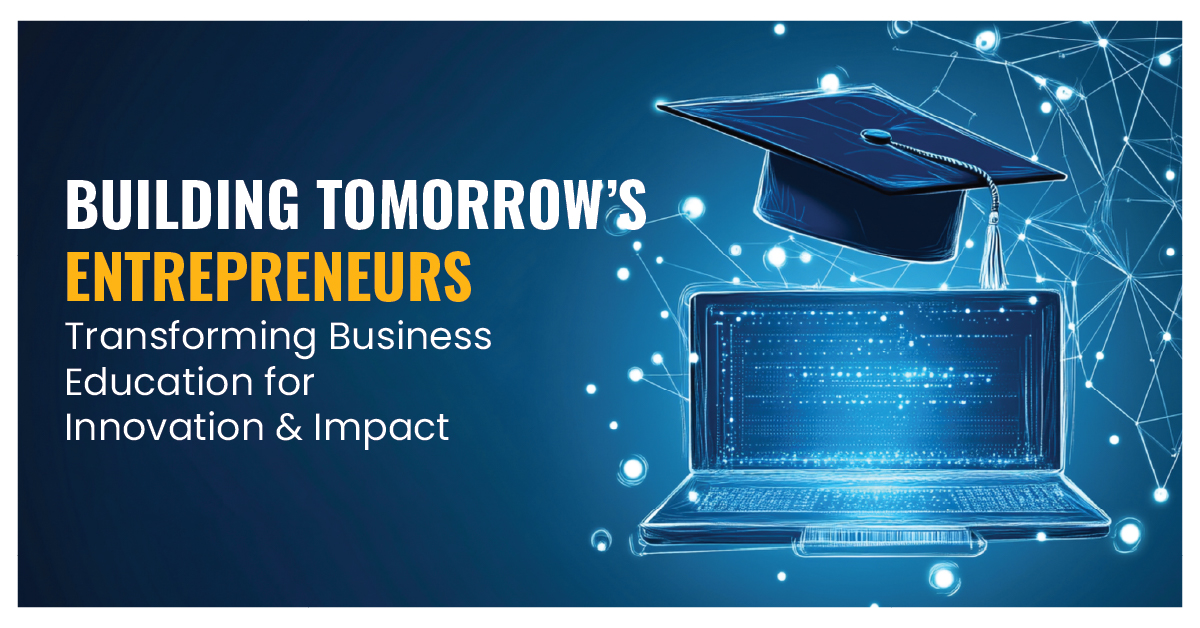
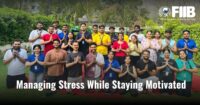

Leave a comment